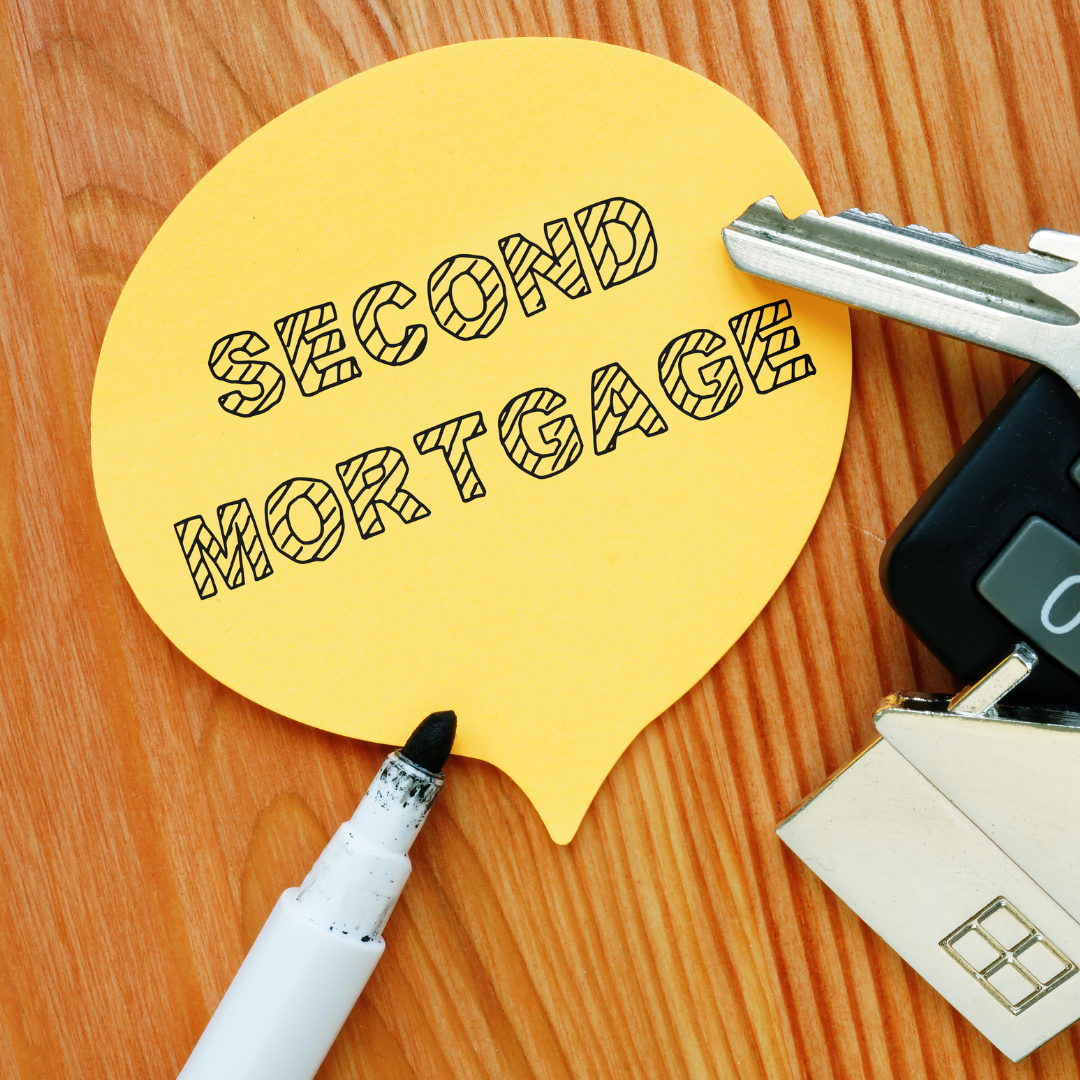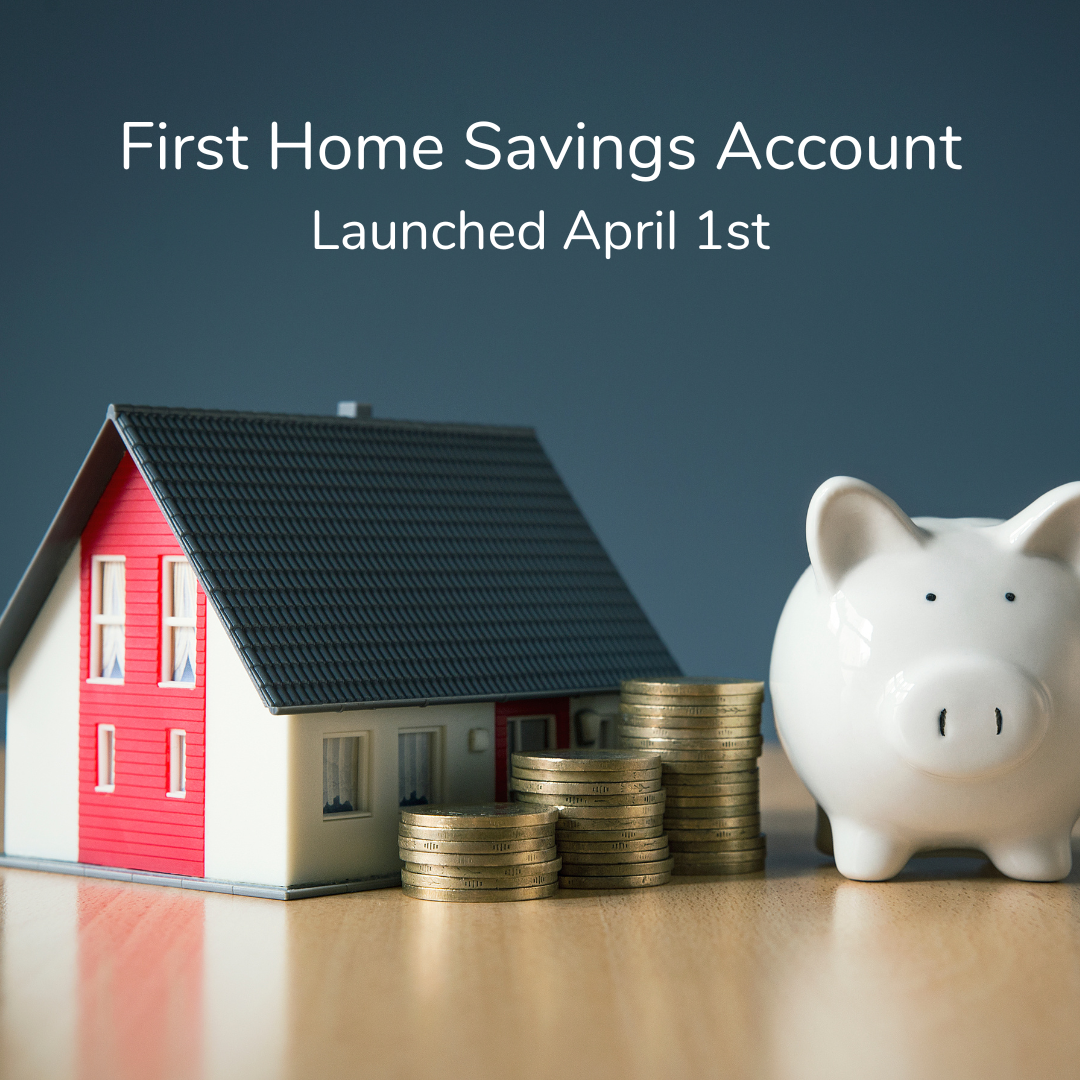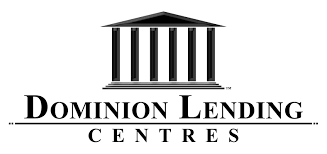Blog Layout
7 Reasons Why People Are Refinancing Right Now
Matthew Robinson • December 16, 2020
What is a refinance you might ask?
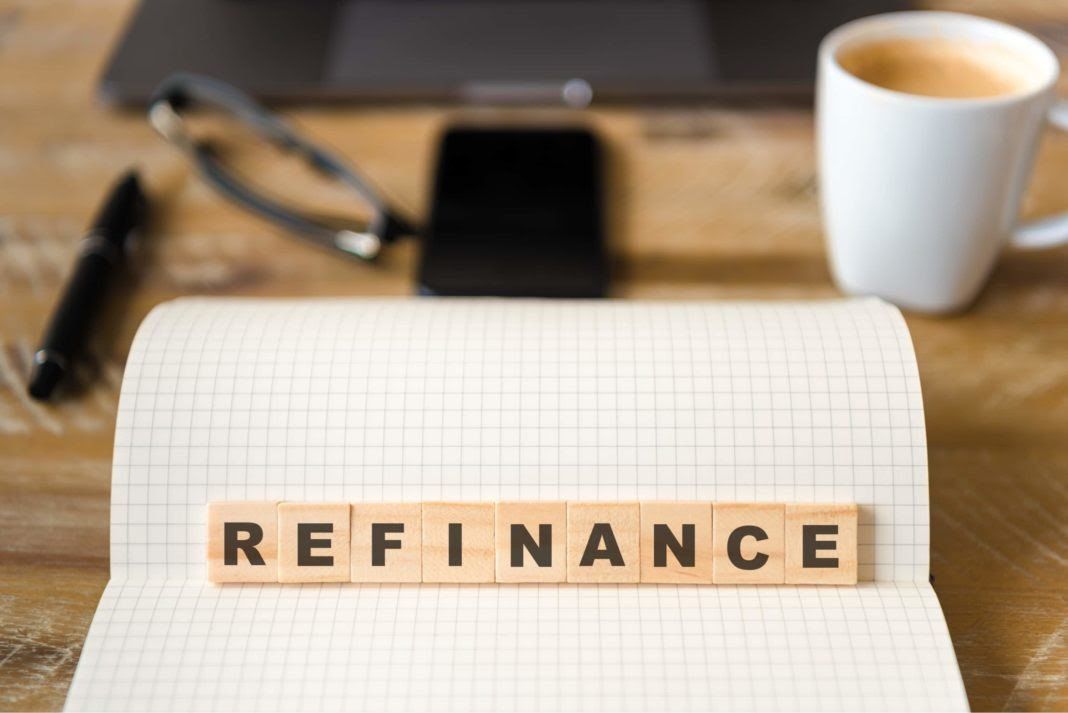
As you probably know, interest rates are extremely low right now. And with low mortgage rates, comes opportunity.
These opportunities include saving money, creating wealth, or helping you cross things off the ever-growing wish list. To take advantage of these opportunities you’ll need to refinance your current mortgage.
What is a refinance you might ask?
A refinance involves accessing the equity in your home and changing the terms of your current mortgage (rate, amortization, mortgage amount, etc.). There is typically a mortgage penalty and closing costs involved. Normally, there would be no money needed from your pocket but rather you would use the equity in your home to cover these costs. You would also take out additional funds to accomplish what you’re looking to do.
Why would you take out equity in your home right now?
Here are 7 reasons clients are currently refinancing their homes:
Optimize Your Current Rate: In simple terms, trade-in your higher rate for a lower rate. There would be a cost to do this and we’d have to factor in a mortgage penalty and closing costs to make sure it makes sense to do so. This typically won’t cost you anything out of pocket as the equity in your home would cover this. Let’s say your mortgage penalty and closing costs equal $7,000 but the savings from a lower interest rate is $12,000. This means you could save $5,000 and not pay anything out of pocket.
Home Renovations: You could use the equity in your home to finance that new kitchen you’ve always wanted, finish the basement and increase your livable space, add a pool to the backyard, add a rental suite to help offset your mortgage payments, etc.
Increase Monthly Cash Flow: Are you carrying a balance on higher interest debt that you just can’t seem to pay down? You could put your high-interest debt with large monthly payments into a lower single mortgage payment. This is done to increase your monthly cash flow while also replacing your high-interest debt with a much lower interest rate.
Investments: You could use the equity in your home for a down payment on an investment property. You could also put those funds into a more traditional investment like a mutual fund, stocks, etc.
Pay For School Or Higher Education: Do you have kids who are heading off to post-secondary education or is there some form of education that you’ve always wanted to do but didn’t have the funds available?
Buy A Second Home: This could be a cottage type property or even a second home for a family member who needs help.
Start A Business: Getting a business loan from the bank is becoming harder by the day. Did you have a new business idea or side hustle you’ve been wanting to start for a while but didn’t have the capital to do?
Refinancing your home means different things to different people depending on your situation.
Mortgage funds have never been this low and I’m curious what opportunity you might be interested in?
Let’s get moving
Why wait? Let’s get you started on the path to finding the perfect mortgage. Your perfect mortgage is just a few clicks away.
Our latest articles
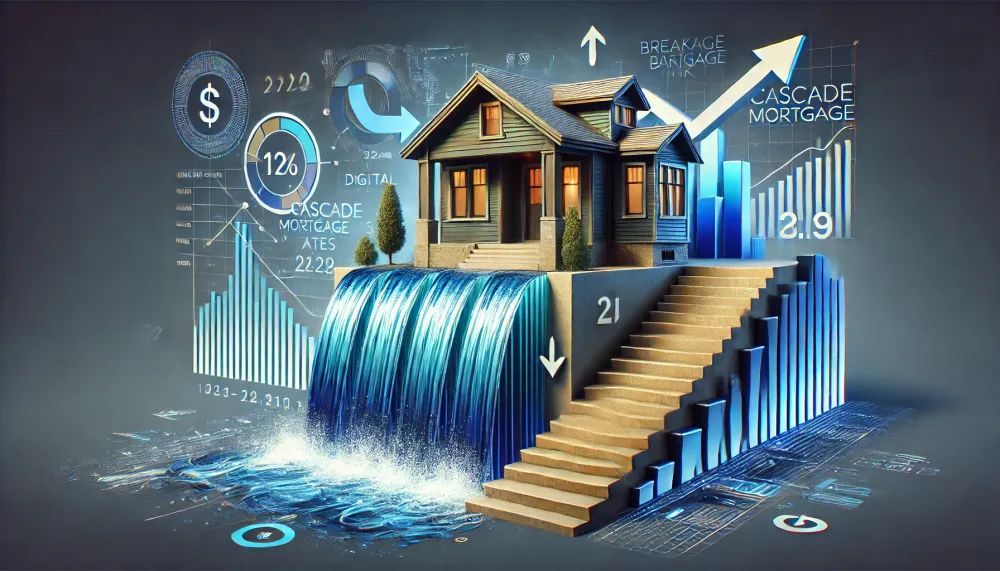
By Matt Robinson
•
March 7, 2025
In a declining interest rate environment , smart homeowners aren’t waiting for their mortgage renewal to take action—they’re locking in savings now. The Cascade Mortgage Strategy is a tactical approach that lets you progressively lower your borrowing costs while protecting against future rate hikes. Instead of sitting on a fixed rate for an entire term, you prepay portions of your mortgage and reset them at lower rates as they become available. This setup provides a practical framework for implementing the Cascade Mortgage Strategy, allowing you to make strategic prepayments while maintaining a sufficient buffer for emergencies and other financial needs. Here's how it works. For the sake of this illustration, let's assume you own a property valued at $1,000,000. You require a mortgage of $500,000. We set up a home equity line of credit (HELOC) on top of this for $150,000. Property Value: $1,000,000 Mortgage Amount: $500,000 HELOC Limit: $150,000 Annual Prepayment Privileges: 20% of the original mortgage balance annually ($100,000) Initial Setup: Work with us to secure a $500,000 mortgage on your $1,000,000 property, ensuring you have a $150,000 HELOC in place. This gives you a $650,000 overall credit limit. We must ensure the lender offers flexible prepayment privileges, allows for multiple mortgage components, and provides the option to re-amortize your mortgage after each prepayment. Step-by-Step Process: At the end of the first year, use the HELOC to make a 20% ($100,000) prepayment on your mortgage, reducing your balance from $500,000 to $400,000. Immediately reset the $100,000 HELOC balance into a new mortgage component, ideally at a lower interest rate than your original mortgage. Rinse and repeat annually. After each prepayment, you have the option to either reduce your monthly payments or maintain them at the original level. If you choose to reduce the payments, this will improve your cash flow each month. Alternatively, by keeping your payments consistent, you'll accelerate the reduction of your principal, allowing you to pay off your mortgage more quickly. Interest Rate Decline with Each Prepayment This strategy obviously works best in a declining interest rate environment. However, even in a relatively stable interest rate environment, the strategy still offers benefits by improving cash flow and accelerating principal repayment. Each year, after making the prepayment, the homeowner resets the $100,000 HELOC balance into a new mortgage component with a lower interest rate. The decline in interest rates is attributed to both market conditions and the shorter terms selected for the new components. End of Year 1 - The new 4-year term rate is 4.25%, a 0.75% decrease from the original 5% rate. End of Year 2 - The new 3-year term rate is 3.50%, another 0.75% decrease from the Year 1 rate. End of Year 3 - The new 2-year term rate is 3.25%, a 0.25% decrease from the Year 2 rate. End of Year 4 - The new 1-year term rate is 3.00%, a 0.25% decrease from the Year 3 rate. These declines reflect both a general reduction in market rates and the typical savings associated with selecting shorter-term mortgages at each interval. The Results To truly appreciate the benefits of the Cascade Strategy, it's important first to understand what happens when this strategy is NOT employed. In a typical mortgage scenario, a homeowner with a $500,000 mortgage at a 5% interest rate, amortized over 30 years, would make consistent monthly payments over the term of the mortgage. After five years, the numbers look like this: Total Payments Made: $160,107.00 Total Interest Paid: $118,915.80 Principal Paid: $41,191.20 Outstanding Balance (end of term): $458,808.80 In this scenario, a significant portion of the homeowner's payments goes toward interest, with relatively modest progress in reducing the principal balance. Now, let's consider the same homeowner, but this time, they implement the Cascade Strategy. By the end of the five-year term, the results are notably different: Total Payments Made: $160,107.00 (unchanged) Total Interest Paid: $105,618.23 Outstanding Balance: $445,511.23 Principal Reduction: $13,297.57 Net Effective Rate: 4.45% (0.55% Reduction) The total interest paid with the Cascade Strategy is $105,618.23, which is $13,297.57 less than what would have been paid without the strategy. This reduction in interest costs is a direct result of leveraging lower interest rates on the newly created mortgage components, which are set up after each annual prepayment. By the end of the five-year term, the outstanding mortgage balance is $445,511.23, compared to $458,808.80 without the strategy. This $13,297.57 reduction in the outstanding balance indicates that the Cascade Strategy not only saves money on interest but also accelerates the repayment of the principal. This means that homeowners using this strategy are closer to paying off their mortgage sooner, reducing the overall term and financial burden. This case study demonstrates that the Cascade Strategy can be an effective and powerful tool for homeowners looking to optimize their mortgage and improve their financial outcomes. By strategically making prepayments and resetting those amounts into new mortgage components at lower rates, homeowners can achieve substantial interest savings, accelerate their mortgage repayment, and reduce their outstanding balance—all without increasing their total monthly payments.
Explore
Get mortgage advice delivered to your inbox.
You need a helping hand with your project?
Thank you for contacting us.
We will get back to you as soon as possible
We will get back to you as soon as possible
Oops, there was an error sending your message.
Please try again later
Please try again later
© 2025
All Rights Reserved | Dominion Lending Centres - A Better Way
